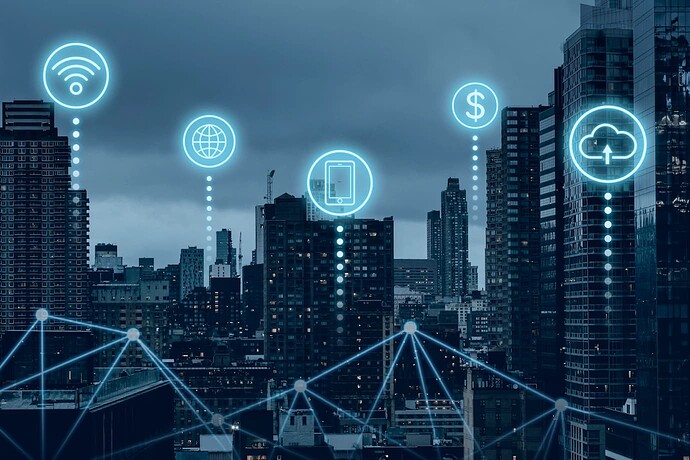Such a good example of 5G indoor coverage is in the healthcare sector. Brazil has been doing it with excellence.
Good article @Marina.
~80% of the time the user is indoors.
Think about how long each of you stays outside, in an open environment during the day… I would say 5% of the day or less ![]()
And yet we insist on standard projects, traditional site and the like…
We need to evolve much more towards indoor, c-ran, smallcells and etc…
I agree @titocidade.
Indoor needs and outdoor network expansion.
I think that the auction targets pull CAPEX to grow the chains and meet obligations - billboard.
And indoor projects are always on another level.
There is no Capex, it has been done in an Opex model for years, if possible. I myself worked for 10 years with indoor projects and now only outdoors too. I hope for this demand to become projects!
Cool @titocidade.
A good example is the use in Hospitals (Halth area).
I like that way of thinking! ![]()
State and cities legislation limits BTS installation near hospitals. It happens in my state, pehaps all over Brazil. I’m sure Radiation Protection will not be a matter due to effective radiating power for indoor antennas. I wonder if there is any BTS indoor installed anywhere in Brazil.
And by the way, does anbody know any paper on mmWave for indoor DAS applications?
Indoor use is restricted to airports, offices, and closed public spaces, but there are many initiatives in hospitals, such as HC at USP, which won an award for private network initiatives and Open-RAN projects, OpenCare 5G. The generating core is called InovaHC and it is a very cool project. I am sorry, but the news is in Portuguese:
UNICAMP has 5G implementation projects and already has cases of treatment with remote surgery, but this is not in the media, you have to enter the HC and register.
We are working on a paper about this subject, and as soon as possible I post it here.
Exactly… Indoor is still a big challenge for operators.
Both in cost and business model…
Market growing eyeballs charging horrors to install Indoor in developments…
It became a market to win over the operators… then the market did not evolve because the account does not close… and a system like this should enter the same water and light in a development.
In the case of hospitals, there must be new business models, based on Blockchain and new hospital management models.
Honestly, to setup a camp of remote surgery costs multi millions and you will need internet anyway so why not use wifi?
I don’t think this is a genuine use case of 5G…
We are working on an article about the subject, and as soon as possible, I am going to post it here.
And honestly, they’ve got an award. ![]()
I wish them good luck proliferating their solution.
I think wifi will not meet the QoS flow requirement in terms of latency in speed.
It is more about the 5GC than the NR RAN.
I think remote surgery doesn’t need latency of 1msec.
10-20 msec will do.
Actually remote surgery works well on cable where is 4msec latency so no need of 5G.
I don’t think so, I think remote surgery needs latency and speed. But I am not a doctor, just becoming a specialist in 5G. ![]()
Time response needs speed and latency.
Do you think remote surgery is more demanding than gaming?
Gaming is on qci3 with 50 msec delay budget.
Absolutely. Telesurgery needs much more precision and ultra-latency. It is a question of lives.
And time response.
I am not sure it needs latency of less than 20 msec…
I think both.
Latency is the time response, isn’t it?
I think this rise the question: why in the 5G standard they are requesting 1ms latency?
There should be an industry need for sure otherwise it’s just requirement which will generate cost without real need.
